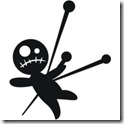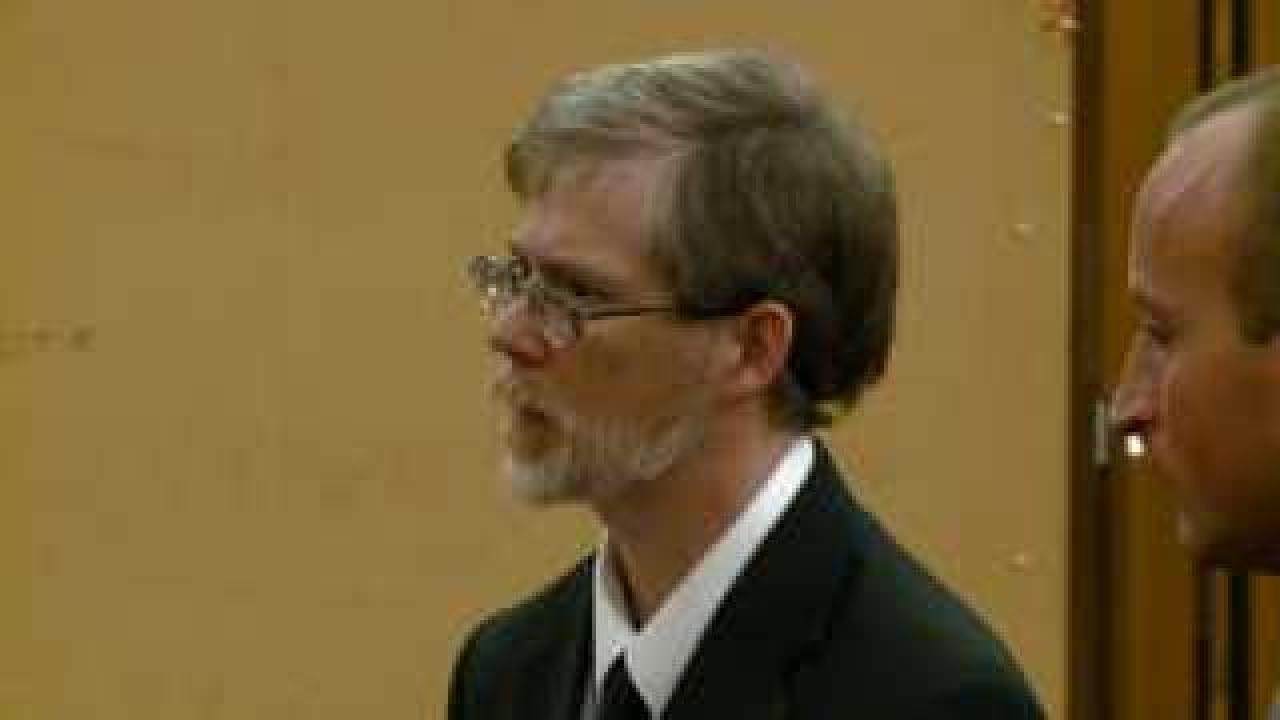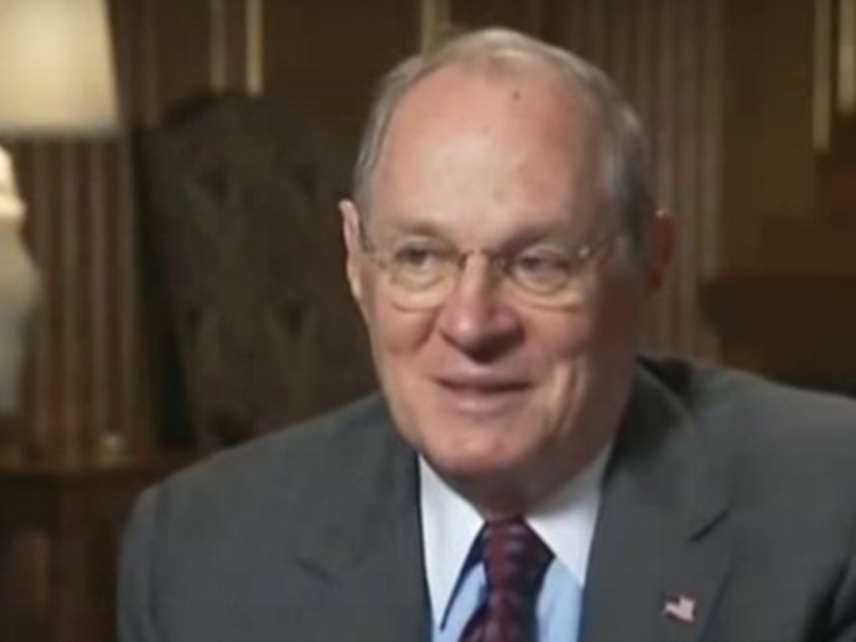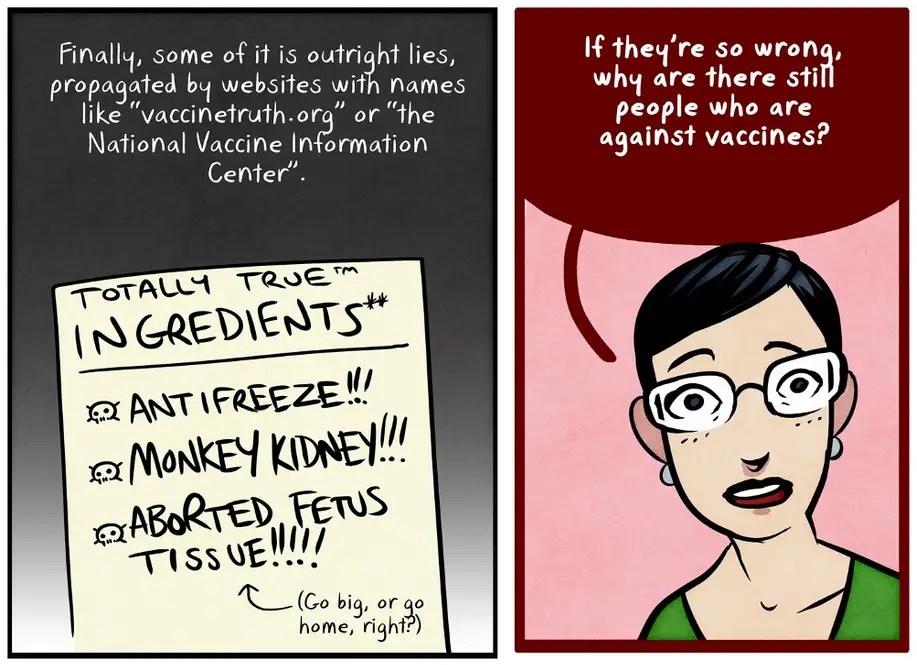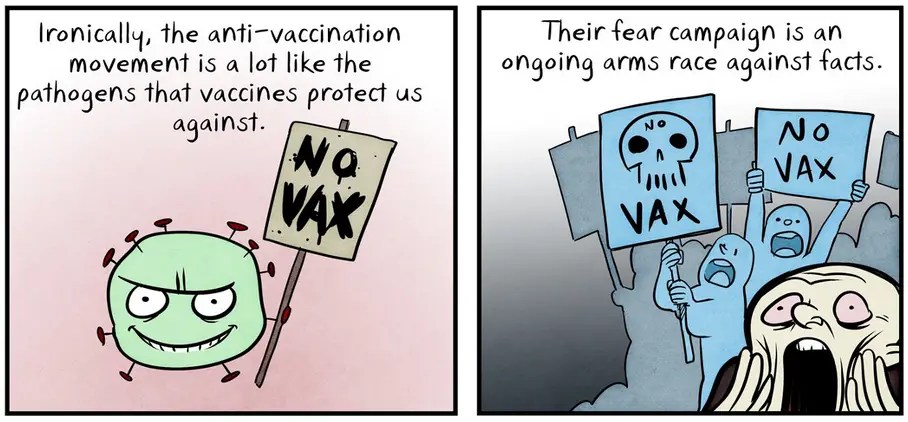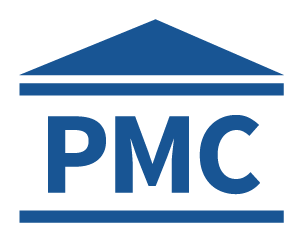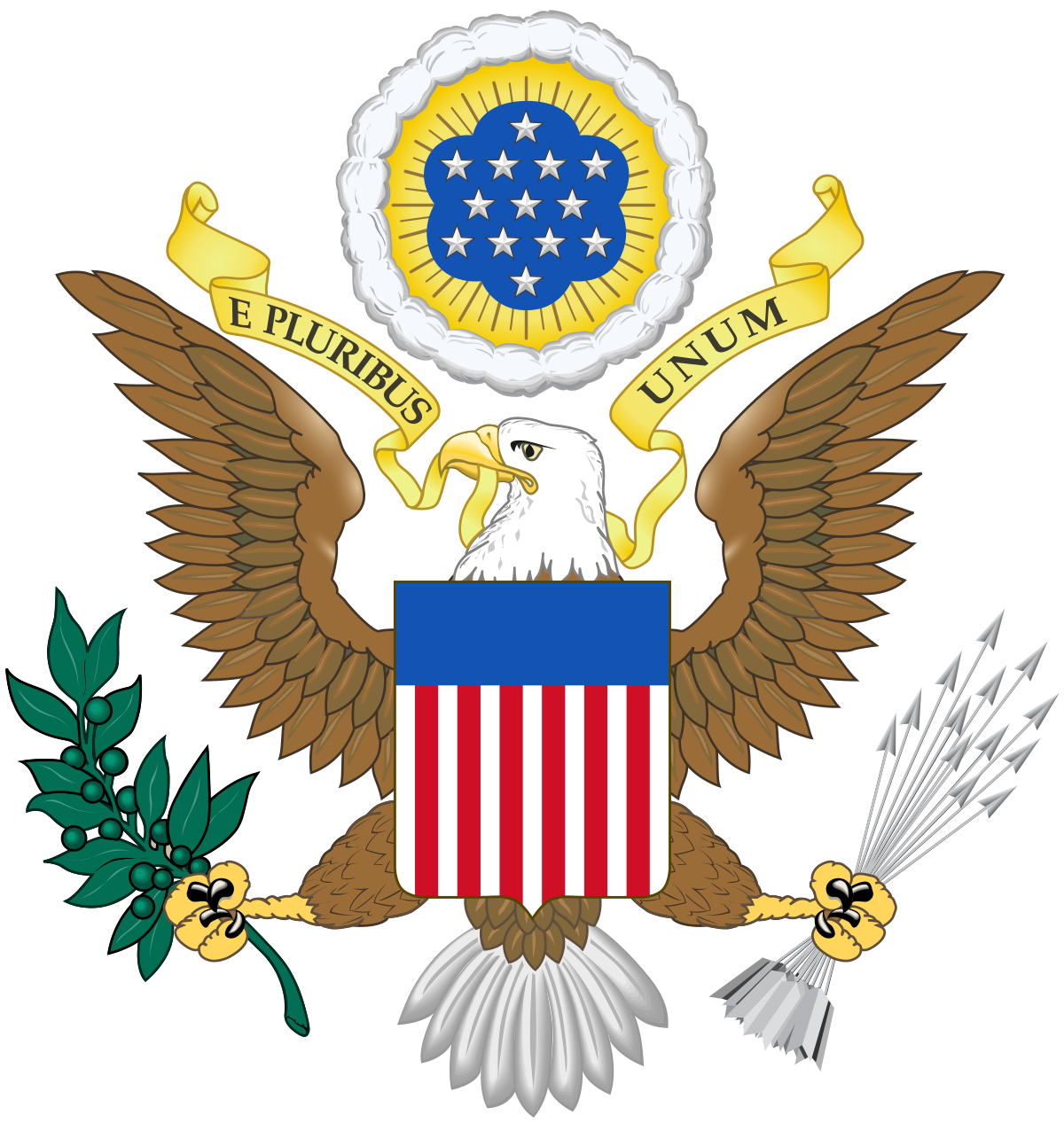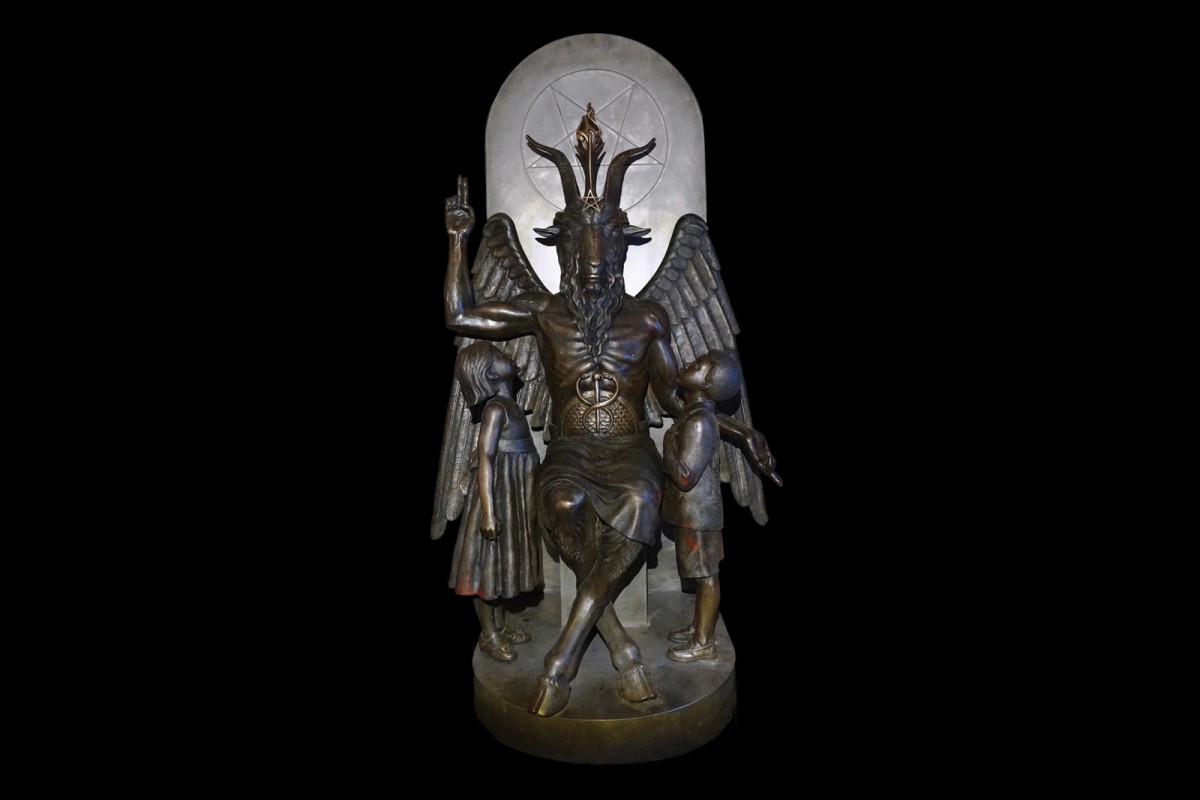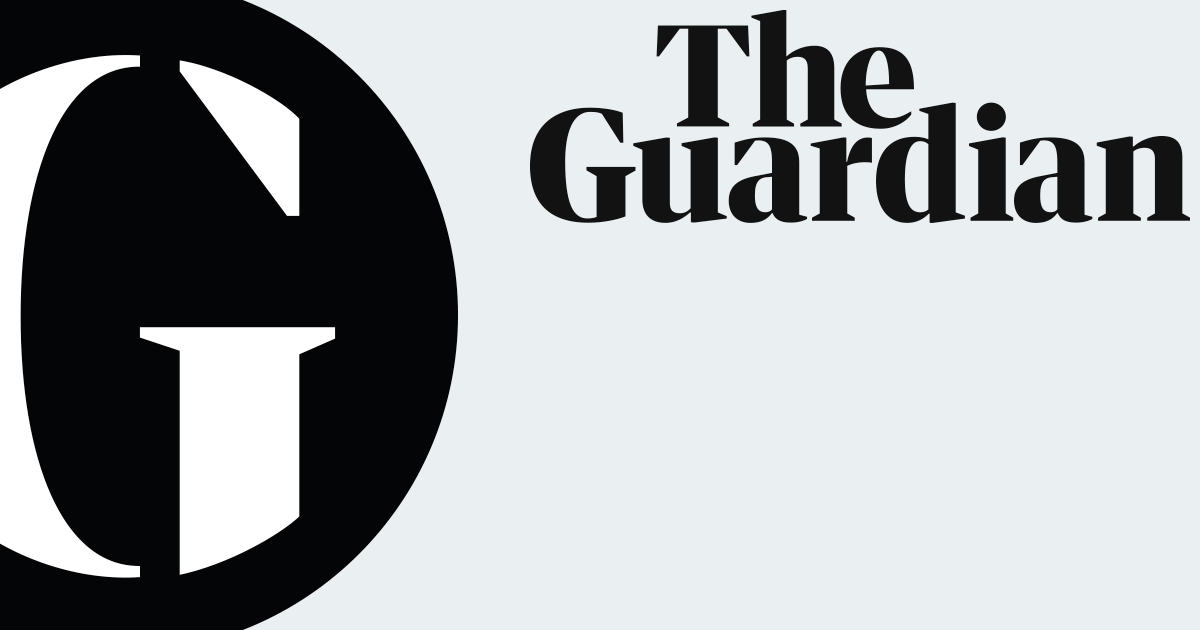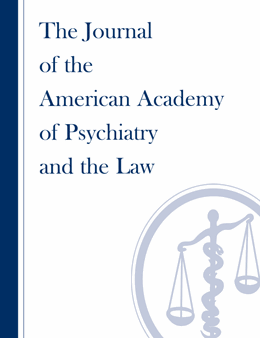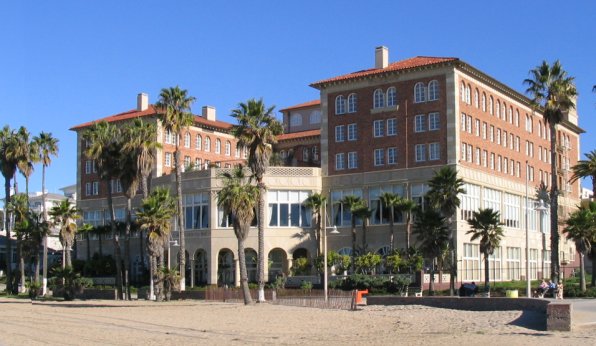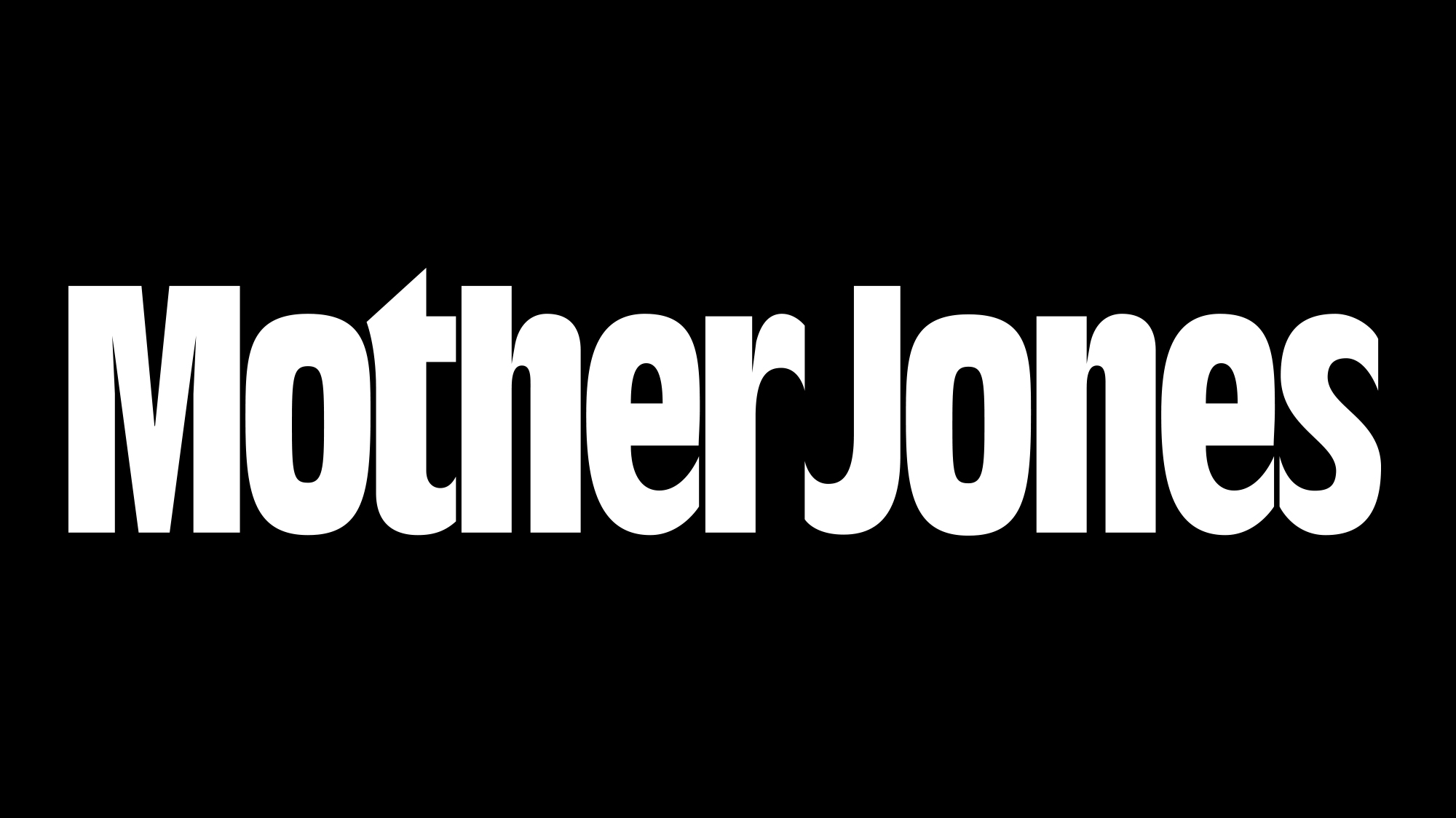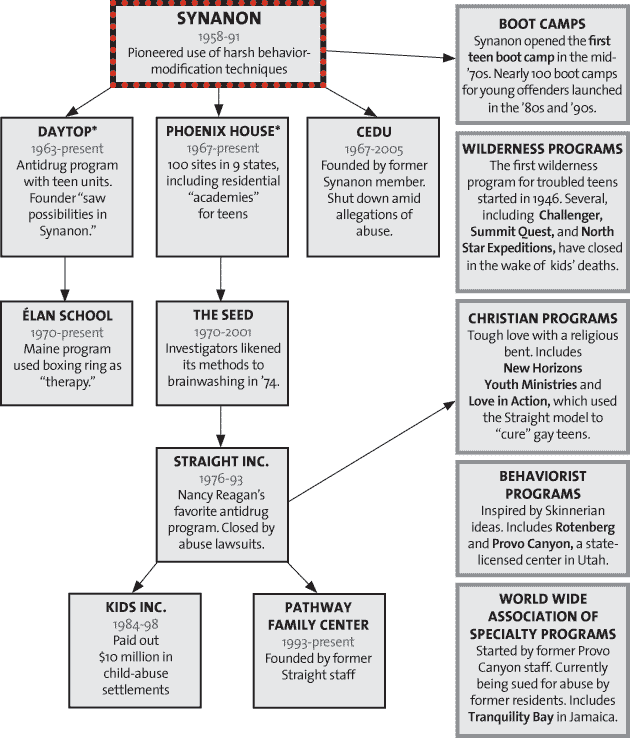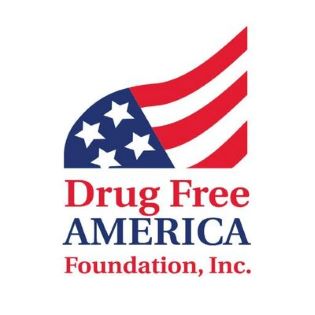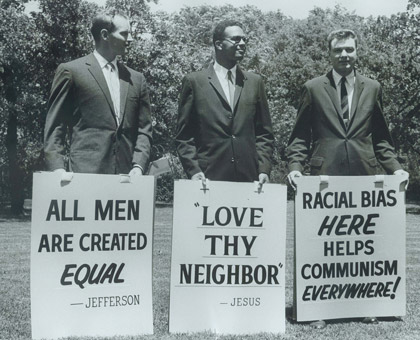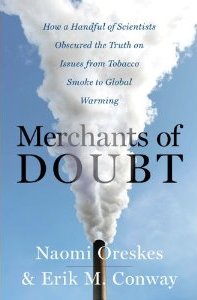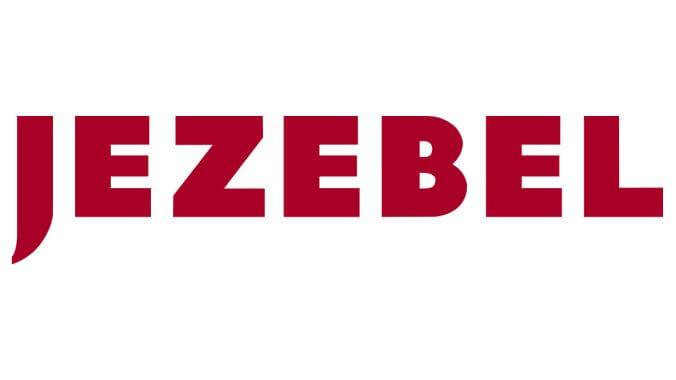The God the Sex Cultists worship was named and identified. It induces a hypnotic effect, don't look at it too long or you will come to worship it even though it has been substantially muted.
They deny science saying these dolls reduce pedophilia, and refuse to allow viewing CP, oftentimes I believe because of having looked at this image too long or had such a doll for too long. Even on me I can feel it inducing an effect.
On Wednesday, House Republican moved to ban the trafficking and importing of child sex dolls and robots that 'normalize sex between adults and minors' in the CREEPER ACT.

www.dailymail.co.uk
House voice votes to BAN shipments of CHILD sex dolls and robots
...
Some scientist are actually claiming that child sex dolls may reduce pedophilia.

www.springer.com
Could making child pornography legal lead to lower rates of child sex abuse? It could well do, according to a new study by Milton Diamond, from the University of Hawaii, and colleagues.
Results from the Czech Republic showed, as seen everywhere else studied (Canada, Croatia, Denmark, Germany, Finland, Hong Kong, Shanghai, Sweden, USA), that rape and other sex crimes have not increased following the legalization and wide availability of pornography. And most significantly, the incidence of child sex abuse has fallen considerably since 1989, when child pornography became readily accessible – a phenomenon also seen in Denmark and Japan. Their findings are published online today in Springer’s journal Archives of Sexual Behavior.
The findings support the theory that potential sexual offenders use child pornography as a substitute for sex crimes against children
Deface these idols online to the extent you can without running into troubles, until all their legislation is abolished. Servant cannot be respected in the United States of America.

en.wikipedia.org
Congress shall make no law respecting an establishment of religion, or prohibiting the free exercise thereof; or abridging the freedom of speech, or of the press; or the right of the people peaceably to assemble, and to petition the Government for a redress of grievances.[1]
This image and doll induce a hypnotic like effect. They were almost certainly made by the MKUltra program as the idols and sacred images of the 20th century establishment of religion of the Sex Cult, a mystery cult.
I mean seriously look at the shit they say.
“However, what he didn’t turn his mind to at the time is that merely having possession and viewing images such as this does victimize and hurt the individual portrayed in the image. He appreciates that now.” Senior gets jail time, probation for having single image of child pornography We at...
human-stupidity.com
“merely having possession and viewing images such as this does victimize and hurt the individual portrayed in the image.” This is some mystical religious thinking. Like in Voodoo. And note, this was said by a respectable lawyer to appease a judge. And this logic is used over and over, for example by Australian Government web sites.
When police searched Michael Jachim's bedroom in March, they found a safe. Inside it was a cache of DVDs labeled "Twisted Sisters." They were not music videos. On Tuesday, a DuPage County judge is scheduled to rule whether Jachim will go to prison for child pornography. Prosecutors said his DVD...

www.dailyherald.com
"... every time somebody looks at that image it's like the crime is taking place all over again…"
CLEVELAND — The former pastor of St. Andrew’s Presbyterian Church in Olmsted Falls will spend the next six years behind bars for downloading child pornography.Reverend Dr. Mark Griggs, 50, of…

fox8.com
"we hear that in court that they feel like they are victimized every single time someone downloads their videos or looks at their videos they feel like they are being raped all over again,” said Canonico
Child pornography is an inexcusable crime and an arrogant exploitation of our future generation. While it takes just common sense to refrain from committing such crimes, we discuss about five gruesome facts on child pornography for those that can't realize the disastrous outcomes of the crime.

www.counselheal.com
The children might feel like being raped time and again when someone watches it.
Do you think these people are actually mentally together? These people chanting this mantra, and referencing this alternate reality that nobody in law enforcement, the media, the intelligence community, or any other group can find?
Moral Panic and Child Pornography
The public’s fear of child pornography that began in the 1970s and escalated with the emergence of the Internet, has all the makings of moral panic. By definition, moral panic is the sudden eruption of outrage towards a specific group disproportionate to any harm caused. Cohen (1972) was first to coin the term and his definition more specifically includes: (1) concern about the potential or imagined threat; (2) moral outrage toward the actors who embody the problem; (3) widespread agreement that the threat exists and that something should be done about it; (4) an exaggeration of the number or strength of cases, in terms of damages, moral offensiveness, and risks if ignored; and (5) the panic erupts and dissipates suddenly without warning. Garland (2008) added two more elements: (1) the actors who embody the problem are viewed as threatening to the status quo; and (2) without action, they risk destroying society. Jenkins (1998) and others have invoked Cohen’s model of moral panic to explain societal fear of child pornography. Jenkins (2001) claims that it was during the initial crusade against child pornography in the 1970s that moral crusaders competed to assert the most incendiary claims about child pornography, including that it was a well-organized, multi-billion dollar industry and that the number of children exploited was in the millions. Jenkins (2001) notes that while most of these claims were discredited, fear persisted. As Walker (2010) describes: “Anxiety over child sexual abuse and the inability to protect children from harm is a salient fear in present society. Despite other, more probable dangers, these issues remain a large concern. Moreover, they are an agreed upon social harm. Child sexual abuse is decried unanimously as a moral wrong and a violation of social norms.” (p.198) Similarly, Ost (2002) explains that the main causes of the moral panic over child pornography “are the moral values which affirm the sacred status of the child and the rights that our society has ascribed to children.” (p.443)
The only criterion of Cohen’s moral panic model that appears not to have been met in the case of child pornography offenders is the fifth. Meaning, at this time, there is no dissipation of the panic. Unlike other panics such as the Salem Witch trials or the crack cocaine epidemic, both of which had a start and end date, the panic over child sexual exploitation has been durable, long-lasting and now in its fourth decade (O’Hear, 2008). Walker (2010) argues the only thing that has changed with the child pornography panic is the fervent role of the state in responding. The federal government has created a number of laws intended to severely punish and control child pornography offenders.
The Satanic panic of the 1980s bedeviled our conceptions about childcare and family. Today, The Satanic Temple lobbies for children’s rights. By Malcolm Harris

psmag.com
Victorian-style devil outrage reached a fever pitch in the family-values 1980s. In his 2015 book We Believe the Children: A Moral Panic in the 1980s, author Richard Beck tells the story of a series of allegations of ritualized Satanic child abuse in daycare centers around the country. Through painstaking elicitation, police, prosecutors, and investigators managed to get children to testify to all sorts of unthinkable violations. Not just sexual assault: There were allegations of gamified animal torture and vast networks of child porn production and distribution. And, of course, the devil.
I asked Beck if in all his exhaustive research he had been able to track down a single instance of verified Satanic ritual child abuse. “No,” says. “My editor and I joked that the book would sell better if I could find an actual case, but as far as I could find it never happened.” Since they didn’t occur in reality, the infernal elements had to be products of adult interpretation and suggestion. Yet whole municipalities managed to convince themselves that there were hidden networks of devil worship and child abuse in their own backyards. How did they accomplish such a feat?
Do you think this ongoing forty year fit is just spontaneously coming into existence? It was a massively engineered essentially fucking coup of the government. They implanted memories into vulnerable populations,
Research looking at specific memory aberrations in the schizophrenia has primarily focused on their phenomenology using standardized semantic laboratory tasks. However, no study has investigated to what extent such aberrations have consequences for everyday episodic memories using more realistic false memory paradigms. Using a false memory paradigm where participants are presented with misleading suggestive information (Gudjonsson Suggestibility Scale), we investigated the susceptibility of patients with schizophrenia (n = 21) and healthy controls (n = 18) to post hoc misleading information acceptance and compliance.
Patients with schizophrenia exhibited an increased susceptibility to go along with misleading suggestive items. Furthermore, they showed an increased tendency to change answers under conditions of social pressure. Underscoring previous findings on memory aberrations in schizophrenia, patients with schizophrenia had reduced levels of correct recognition (ie, true memory) relative to healthy controls. The effects remained stable when controlling for specific mediating variables such as symptom severity and intelligence in patients with schizophrenia. These findings are a first indication that social pressure and misleading information may impair source memory for everyday episodic memories in schizophrenia, and such impairment has clear consequences for treatment issues and forensic practice.
digitalcommons.utep.edu/cgi/viewcontent.cgi?article=1014&context=james_wood
In the 1980s and early 1990s the United States witnessed an outbreak of bizarre ‘‘daycare abuse’’ cases in which groups of young children levelled allegations of sexual and Satanic abuse against their teachers. In the present study, quantitative analyses were performed on a total of 54 interview transcripts from two highly publicised daycare cases (McMartin Preschool and Kelly Michaels) and a comparison group of child sexual abuse cases from a Child Protection Service (CPS). Confirming the impression of prior commentators, systematic analyses showed that interviews from the two daycare cases were highly suggestive. Compared with the CPS interviews, the McMartin and/or Michaels interviewers were significantly more likely to (a) introduce new suggestive information into the interview, (b) provide praise, promises, and positive reinforcement, (c) express disapproval, disbelief, or disagreement with children, (d) exert conformity pressure, and (e) invite children to pretend or speculate about supposed events
Historic use of “recovered memory” therapy led to false allegations of abuse that continue to haunt the families involved.

theconversation.com
The legacy of implanted Satanic abuse ‘memories’ is still causing damage today
When 21-year-old nurse Carol Felstead went to her doctor complaining of repeated headaches, she wasn’t just prescribed painkillers. Instead, she was referred for psychotherapy that would ultimately involve hypnosis to “recover” so-called repressed memories of childhood sexual abuse. Carol subsequently came to believe that her parents were the leaders of a Satanic cult and that her mother murdered another of her children, sat Carol on top of the body and then set fire to the family home.
But these allegations were untrue and the memories they were based upon were incorrect. Today, almost 30 years on, “recovered memory therapy” has been discredited by the scientific and academic community and is known to implant false memories, apparent memories for events that never actually happened.
Experimental psychologists have repeatedly demonstrated the ease with which false memories can be implanted in a sizeable proportion of the population under well-controlled laboratory conditions. But it is also undoubtedly the case that such false memories can arise spontaneously as well as in the context of psychotherapy.
Although we are typically not consciously aware of it, we often have to judge whether an apparent memory is real. Is it based upon mental events that were purely internally generated (for example, by imagination or a dream) or based upon events which really took place in the external world?
Implanting false memories
One of the techniques that has been shown to result in false memories is asking people to imagine events that never actually took place. It appears that, eventually and especially in people with good imaginations, the memory of the imagined event is misinterpreted as a memory for a real event. The use of hypnotic regression is a particularly powerful means to implant false memories.

en.wikipedia.org
Malpractice cases
During the late 1990s, there were multiple lawsuits in the United States in which psychiatrists and psychologists were successfully sued, or settled out of court, on the charge of propagating iatrogenic memories of childhood sexual abuse, incest, and satanic ritual abuse.[35]
Some of these suits were brought by individuals who later declare that their recovered memories of incest or satanic ritual abuse had been false. The False Memory Syndrome Foundation uses the term retractors to describe these individuals, and have shared their stories publicly.[36] There is debate regarding the total number of retractions as compared to the total number of allegations,[37] and the reasons for retractions.[38]
swarmed them around the media,
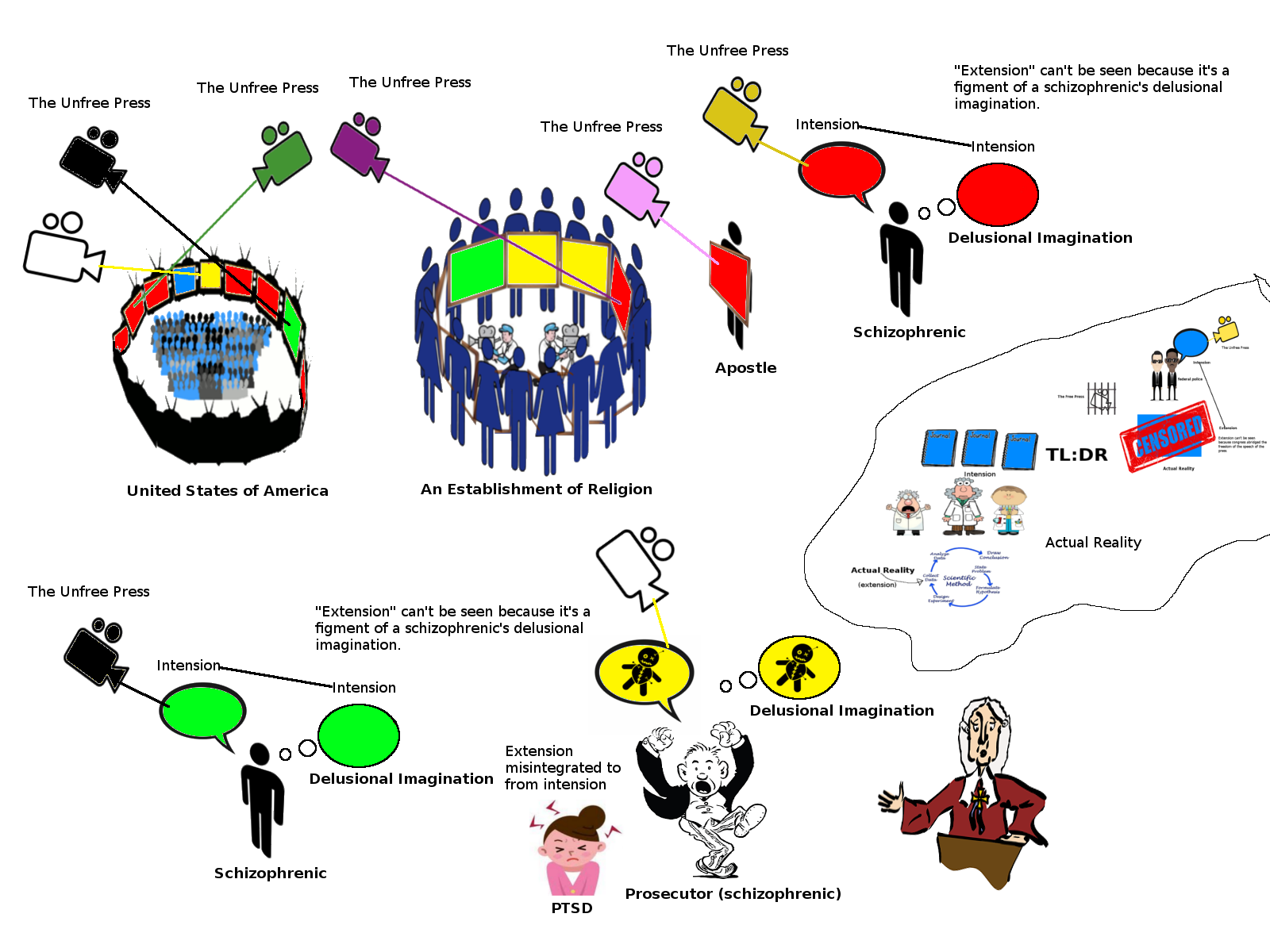
The emergence of netwar implies a need to rethink strategy and doctrine, since traditional notions of war as a sequential process based on massing, maneuvering, and fighting will likely prove inadequate to cope with a nonlinear landscape of conflict in which societal and military elements are closely intermingled. In our view, traditional warfare fits the Western paradigm symbolized by chess, where territory is very important, units are functionally specialized, and operations proceed sequentially until checkmate. Netwar, however, requires a new analytic paradigm, which, we argue, is provided by the Oriental game of Go, where there are no "fronts," offense and defense are often blurred, and fortifications and massing simply provide targets for implosive attacks. Victory is achieved not by checkmate, as there is no king to decapitate, but by gaining control of a greater amount of the "battlespace."
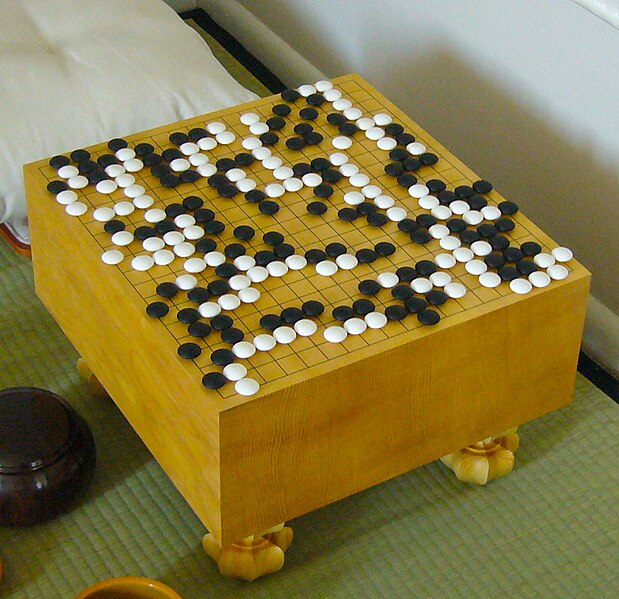
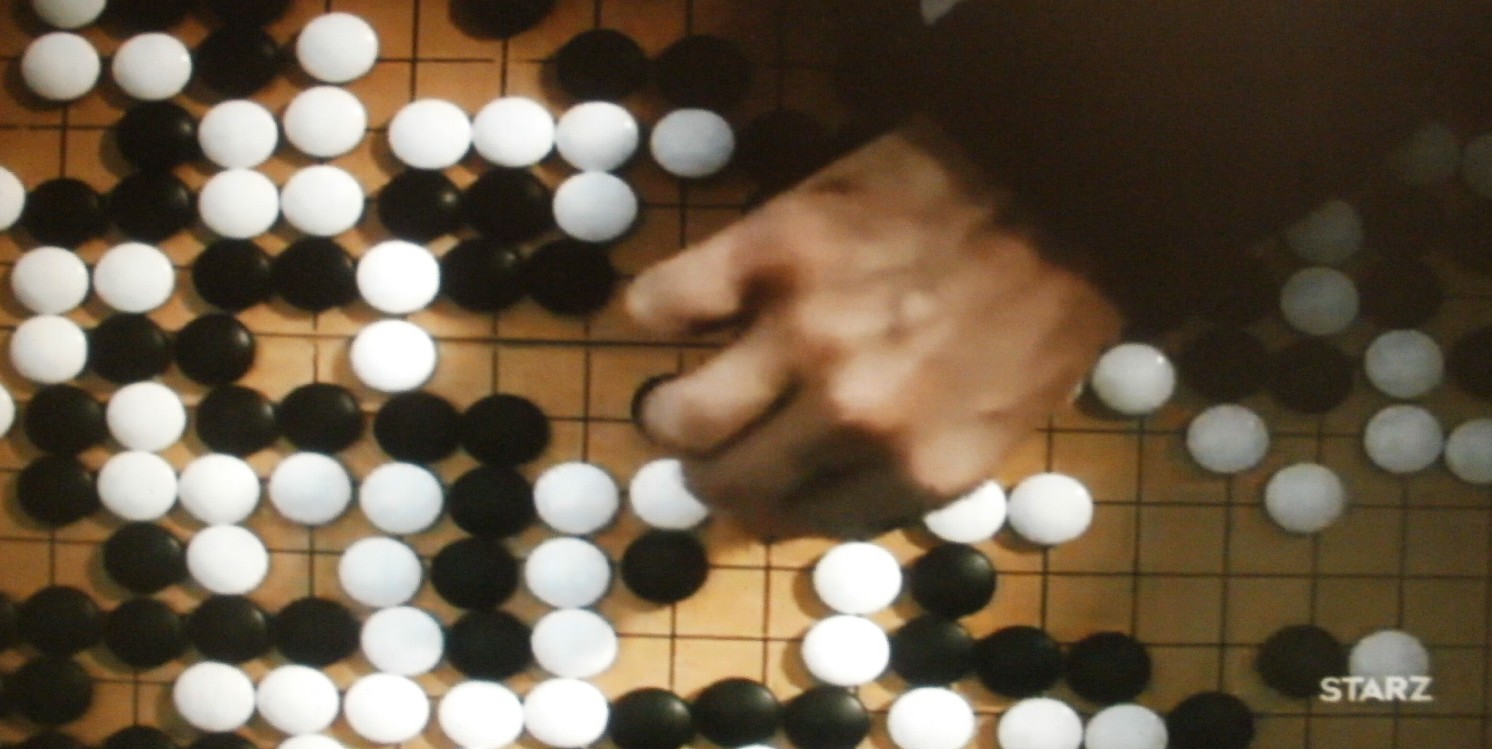
In terms of implications for policy, we argue that forming networks to fight networks and decentralizing operational decisionmaking authority will likely improve the ability of the United States to combat transnational crime and terrorism and to counter the proliferation efforts of rogue states and their nonstate support networks.
The concepts of cyberwar and netwar encompass a new spectrum of conflict emerging in the wake of the information revolution. To confront this type of conflict, it is crucial for governments, military, and law enforcement to begin networking themselves.

www.rand.org
Networks and Netwars
The Future of Terror, Crime, and Militancy
The concepts of cyberwar and netwar encompass a new spectrum of conflict that is emerging in the wake of the information revolution. Netwar includes conflicts waged, on the one hand, by terrorists, criminals, gangs, and ethnic extremists; and by civil-society activists (such as cyber activists or WTO protestors) on the other. What distinguishes netwar is the networked organizational structure of its practitioners — with many groups actually being leaderless — and their quickness in coming together in swarming attacks. To confront this new type of conflict, it is crucial for governments, military, and law enforcement to begin networking themselves

en.wikipedia.org
They define swarming, in a military context, as "...seemingly amorphous, but it is a deliberately structured, coordinated, strategic way to strike from all directions, by means of a sustainable pulsing of force and/or fire, close-in as well as from stand-off positions."
A recent example of swarming can be found in Mexico, at the level of what we call activist “social netwar” (see Ronfeldt et al., 1998)
Networks, as opposed to institutions, are shaped by decentralized command and control structures, are resistant to “decapitation” attacks targeting leaders, and are amorphous enough to weld together coalitions with significantly different agendas while concentrating forces on a single symbolic target.
and then split things into actual reality and the false reality.
Prior work has established that analytic thinking is associated with disbelief in God, whereas religious and spiritual beliefs have been positively linked to social and emotional cognition. However, social and emotional cognition can be subdivided into ...

www.ncbi.nlm.nih.gov
Finally, we have demonstrated that attention to engaging social stimuli not only activates the DMN but also deactivates the TPN. In a subsequent study[30] it was shown that this pattern of DMN activation and TPN deactivation was present for humanizing depictions of individuals, whereas dehumanizing depictions, which are associated with decreased moral concern, either involved decreased activity in the DMN or increased activity in the TPN. Taken together, these findings suggest that we are neurologically constrained from simultaneously exercising moral concern and analytic thinking.
The conflict between science and religion may have its origins in the structure of our brains. To believe in a supernatural god or universal spirit, people appear to suppress the brain network used for analytical thinking and engage the empathetic network. When thinking analytically about the...
www.sciencedaily.com
"These findings," Friedman continued, "are consistent with the philosophical view, espoused by (Immanuel) Kant, according to which there are two distinct types of truth: empirical and moral."
The False Reality
2005:
Child-porn ads--the bulk of which feature girls, some under 5--are pouring into e-mail in-boxes. The $3 billion global industry is concentrated in the U.S. and operates through temporary Web sites and online credit card payments.

womensenews.org
$3 Billion in Annual Sales
Allen says that global sales of illegal pornography that exploits children--including those under 4 years old--are about $3 billion a year.
As of December 2005, child pornography was a $3 billion annual industry (Internet Filter Review).
2006:
Congressional estimates put the online child pornography business at $20 billion a year and growing. Online or offline, child pornography is illegal in the United States and most other countries.
2008:
Sacramento, CA—Assemblymember Cathleen Galgiani (D- Livingston) at a Capitol press conference today continued her fight to protect children from sexual predators. Galgiani called for passage of As

sd05.senate.ca.gov
“Child porn is a $3 billion dollar industry, fueled by images of sexual abuse, rape, and torture of children,”
2013:
The number of Web sites containing child pornography is increasing and more images show serious abuses, a U.N. expert said Wednesday.

www.nbcnews.com
More than 4 million Web sites worldwide show images of children being sexually exploited, said the U.N. investigator on the sale of children, child prostitution and child pornography, Najat M'jid Maalla.
....
Maalla urged international cooperation to stop the child pornography industry, which she estimated to be worth between $3 billion and $20 billion. She recommended countries share information on sites containing child pornography in order to block them faster.
article from a self identified feminist journalist:
How a Norwegian newspaper uncovered 100,000 downloaders of child abuse material.

www.alternet.org
Booming Cross-Border Business
According to a frequently mentioned statistic, the child pornography industry generates $50 billion every year; other sources speak of a $20 billion industry. In other words, the CAM industry is not a select club of old perverts roaming the web in the privacy of their musty apartment—it’s a multibillion-dollar business of global magnitude, with thriving demand and supply.
Which cites this seemingly evangelical Christian oriented site:
By some reports, child pornography is estimated to be as much as a $50 billion a year industry.[1]
Which much like this apparently plagiarized paper on feminism,
Gender sensitivity about feminism
...
Another thing that keeps these web sites going is the amount of money that can, and is being made with this business. Some reports show that child pornography over the internet is more than a 50 billion dollar a year business.
Cites this now 404 but archived .edu site,
Introduction:
Child pornography is a very large and in many cases touchy subject. This is one of the reasons that it is hard to catch the people perpetrating it. Many people do not want to talk about it because it is such a horrible thing. This silence is one of the things child pornographers count on to keep their business going. In recent months the issue of child pornography has become visible in the media. Talk show hosts like Oprah Winfrey have produced shows exposing some of the information they have found about child pornography and the people who help to make it such a large and profitable industry. Recently, Oprah had a young man on her show who had been doing sex shows at home and on the Internet for money and who is now working with government officials to help bring down the people who prey on children through this medium.
Another thing that keeps these web sites going is the amount of money that can, and is being made with this business. Some reports show that child pornography over the internet is more than a 50 billion dollar a year business. With technology growing faster and faster everyday and the Internet being such an instant source gratification in so many ways it has become easier for people who run child pornography sites to make a lot of money in a short amount of time. Another thing that keeps child pornography sites going is the laws. The United States has laws against child pornography and prostitution, but many other countries do not have the same laws. In some countries prostitution is legal. This link to other places makes it very appealing to people who wish to view and/or promote this type of material. There are, however, people and organizations in some of these countries that are trying to help expose these child pornographers. There are several organizations that have international ties and work with countries outside of the United States to help stop the spread of child pornography on the Internet. There are organizations that work with local and federal agencies in the United States, including the Federal Bureau of Investigation (FBI), to help locate and round up the people running these child pornography rings and put a stop to the people using them. In the past year there have been two major child pornography rings busted. In both cases the people running the rings were spread across more than one country. Both cases included people from the United States and Canada.
The sites listed on the 2005 white paper on this topic are great for information on protecting children from predators as well as informing parents on the issues, dangers, and prevention of child pornography. There are some organizations listed in it that help with these issues. In this addendum I will give some additional sites for that purpose as well as some sites with more recent information. Some of these will be about specific cases and others will be about the laws that are in place to help protect our children. One of the sites of particular interest included help and support from the adult film industry. Some of the people in this industry have gotten together to help stop child pornography and the people who keep it going. This group helps to report and investigate suspected child pornographers and their customers in order to assist the government agencies with their reviews of suspected sites.
Which cites nothing and is just an ipsedixitism essentially.
It is very common to see such statistics laundering from the Sex Cultists:

en.wikipedia.org
The United Kingdom children's charity NCH has stated that demand for child pornography on the Internet has led to an increase in sex abuse cases, due to an increase in the number of children abused in the production process.[38]
Note that this wikipedia article incorrectly cites the following article by its click bait headline as opposed to by its content which is contrary to its own headline:
Demand for child pornography on the internet has led to an increase in sex abuse cases, it was claimed today.

www.theguardian.com
Demand for child pornography on the internet has led to an increase in sex abuse cases, it was claimed today.
Children's charity NCH - formerly National Children's Homes - said there was evidence that the 1,500% rise in child pornography cases since 1988 would be reflected in more children being abused to produce the pictures.
"The scale of the problem has changed beyond recognition in just over a decade," said NCH's internet consultant John Carr.
"The increased demand has made child pornography into big business and the consequences for children in all parts of the world are horrifying."
As you can see they go from saying there was an increase in sex abuse cases caused by the viewing of CP to saying that there was evidence indicating there WOULD BE an increase in sex abuse correlating with the viewing of CP. In reality scientific statistical analyses have determined that there is an inverse correlation between the viewing of CP and the child sexual abuse rate, which supports the substitution hypothesis:
A massive multi-state pedophile bust in America has resulted in 82 arrests, according to reports. U.S. federal authorities coordinated with local police for the massive eight-state child exploitation sting that successfully rescued 17 children. BYPASS [...]

newspunch.com
“There is actually a statistical correlation between those people who are collecting and viewing child pornography and those that are committing hands-on child molestation offenses,” Garner said.
[missing URL]
“These cases involve real-life abuse and assault of children. Every time an image is viewed, it’s like the assault happened again,” said Andrew M. McLees, special agent in charge of the Newark office of U.S. Immigration and Customs Enforcement's Homeland Security Investigations.
“However, what he didn’t turn his mind to at the time is that merely having possession and viewing images such as this does victimize and hurt the individual portrayed in the image. He appreciates that now.” Senior gets jail time, probation for having single image of child pornography We at...
human-stupidity.com
“merely having possession and viewing images such as this does victimize and hurt the individual portrayed in the image.” This is some mystical religious thinking. Like in Voodoo. And note, this was said by a respectable lawyer to appease a judge. And this logic is used over and over, for example by Australian Government web sites.
When police searched Michael Jachim's bedroom in March, they found a safe. Inside it was a cache of DVDs labeled "Twisted Sisters." They were not music videos. On Tuesday, a DuPage County judge is scheduled to rule whether Jachim will go to prison for child pornography. Prosecutors said his DVD...

www.dailyherald.com
"... every time somebody looks at that image it's like the crime is taking place all over again…"
CLEVELAND — The former pastor of St. Andrew’s Presbyterian Church in Olmsted Falls will spend the next six years behind bars for downloading child pornography.Reverend Dr. Mark Griggs, 50, of…

fox8.com
"we hear that in court that they feel like they are victimized every single time someone downloads their videos or looks at their videos they feel like they are being raped all over again,” said Canonico
Child pornography is an inexcusable crime and an arrogant exploitation of our future generation. While it takes just common sense to refrain from committing such crimes, we discuss about five gruesome facts on child pornography for those that can't realize the disastrous outcomes of the crime.

www.counselheal.com
The children might feel like being raped time and again when someone watches it.
The True Reality
WASHINGTON - Authorities are banding together ever more closely with the financial sector and Internet providers in hopes of disrupting the multibillion-dollar global child-pornography trade.

www.eastvalleytribune.com
Some law-enforcement officials contend that disrupting the companies making a profit off child pornography may only be the tip of the iceberg. Matt Dunn, of the Cyber Crimes Center at the Immigration and Customs Enforcement bureau, said that non-commercial child pornography -- images shared without money changing hands -- is more of a concern than the for-profit industry.
Swapping child porn over file-sharing networks is ongoing -- and it's usually non-commercial, Dunn said. "It's happening every second of every day," he said.
Dunn also questions the estimate that commercial child porn is a $20 billion a year industry -- a figure cited in a 2006 congressional hearing -- and instead thinks it's substantially lower, perhaps in the tens of millions of dollars.
A four-year international investigation into the backers of hundreds of child pornography websites has identified 30,000 customers in 132 countries, led to hundreds of American convictions, and landed the ring running the sites in Eastern...

www.sott.net
Since the websites -- with names like "Excited Angels" and "Boys Say Go" -- went offline in January, the number of active commercial child porn sites has nosedived from perhaps 300 to the single digits, said Matt Dunn, of the Department of Homeland Security's Immigration and Custom's Enforcement (ICE), which was the lead law enforcement agency.
Indeed, the ring got paid well -- making somewhere between $5 million to $8 million from early 2006 until late 2007, according to Dunn.
FBI special agent Michael Dzielak investigated the ring with Dunn and other international partners. Like Dunn, he believes the bust has dealt a fatal blow to the child-porn-for-money market -- at least for now.
"It is a game changer," Dzielak said.
Eleven members of the child porn ring were located in Belarus and arrested in 2008. In January of this year, Ukrainian authorities arrested five more.
The ring used a variety of online and traditional payment methods, elaborate defense measures and a franchise business model one Interpol agent compared to a fast food chain to make millions of dollars providing 10,000 Americans and 20,000 others across the globe access to images and videos of sexually exploited boys and girls, some reportedly as young as 3 years old.
ipt-forensics.com/journal/volume4/j4_2_1.htm
The Spread of Rumors
In 1986 the Senate Commission33 under the chairmanship of William V. Roth, Republican from Delaware, came to the same conclusion as the ILIC report. Nevertheless, neither the Roth report nor the ILIC report were able to dampen the spread of rumors about an enormous trade. Even in 1986, the claims of Lloyd and Densen-Gerber continued to come up as facts in official reports: the Meese Commission, initiated by the Reagan administration to prepare a drastic sharpening of the anti-pornography laws, uncritically took over these claims.34 According to the Meese Commission, Congress had discovered that child pornography and child prostitution "have become highly organized, multi-million dollar industries that operate on a nationwide scale."35 The monthly appearance of 264 magazines (Densen-Gerber) was again reported as truth, alongside the 30,000 exploited children of Los Angeles (Lloyd Martin).
The U.S. Supreme Court took over these claims in their first child pornography case, New York v Ferber (1982), saying that child pornography comprised, "highly organized multimillion dollar industries that operate on a nationwide scale."36 The otherwise dignified court was so upset by the alleged extent of the problem that the solicitor for the accused, Herald Price Fahringer, lost his composure and fled the sitting as fast as he could.37
The claims of Lloyd and Densen-Gerber also appeared outside the U.S.A. The report, Exploitation of Child Labour, which was submitted in 1981 to the Commission for Human Rights of the United Nations, claimed: "In the United States there are at least 264 pornographic magazines specializing in pornography concerning children."38 It was claimed that in 1977, 15,000 slides and 4,000 films of child pornography had been intercepted by the police, which was, according to the report, 5% of the total stock in circulation.
According to the United Nations report, the value of trade in child pornography in 1977 was estimated at $500 million. Such estimates are not based on any kind of empirical evidence, and are easy to refute. If these claims were true then the allegedly intercepted slides and films would have had a value of thousands of dollars each.39 In reality, these films were sold for much less, which can be checked with reference to the advertisement brochures of Deltaboek, publisher of homosexual pornography and literature. From here it is apparent that the Golden Boys film series, produced by COQ in Denmark, cost 85 guilders each, which is about $35.
In 1986, Defence for Children International prepared a report on child prostitution in which they claimed: "Estimates on the number of child prostitutes vary from 300,000 to several millions for the U.S. and Canada."40 A year later these figures were taken over by the Norwegian Ministry of Justice.41 This report was later submitted to the Ministers of Justice of the member countries of the Council of Europe. Within the Council of Europe a report on child exploitation was written in which it was claimed that: "A study of boy prostitutes had suggested that there were 300,000 boy prostitutes in the United States, many of whom are designated runaways."42 The claims of the United Nations report were also repeated. As late as 1988 the Dutch language world development magazine, Onze Wereld (Our World), claimed that: "The American (sic) periodical43 Child Abuse and Neglect reported that in the United States at least 264 different child pornography magazines are in circulation. The kiddieporn stars are drawn from the numerous American runaway teenagers."44 The same article made similar exaggerated claims about alleged illicit trade in donor organs obtained from children killed for the purpose. The story about donor organs had also appeared in the report of the Council of Europe, although there was never any evidence and the story was not credible from the beginning.45
The alleged size of the child pornography trade and the many children said to have been involved, are little more than myths. They are the result of the arbitrary multiplication of arbitrary numbers of alleged victims made by a journalist. The claims had taken on a life of their own. The fact that these claims had by 1980 been rejected by thorough official investigations was insufficient to prevent the claim from reappearing, not only in the media but also in other official circles, including the United States Senate, the United States Supreme Court, a Commission of the American Justice Department, the United Nations and the Council of Europe. After the number had been cited in the Hearings of the House of Representatives, it became associated with an ostensibly reliable source. The fact that the original source was anything but reliable was forgotten.
Moral Panic and Child Pornography
The public’s fear of child pornography that began in the 1970s and escalated with the emergence of the Internet, has all the makings of moral panic. By definition, moral panic is the sudden eruption of outrage towards a specific group disproportionate to any harm caused. Cohen (1972) was first to coin the term and his definition more specifically includes: (1) concern about the potential or imagined threat; (2) moral outrage toward the actors who embody the problem; (3) widespread agreement that the threat exists and that something should be done about it; (4) an exaggeration of the number or strength of cases, in terms of damages, moral offensiveness, and risks if ignored; and (5) the panic erupts and dissipates suddenly without warning. Garland (2008) added two more elements: (1) the actors who embody the problem are viewed as threatening to the status quo; and (2) without action, they risk destroying society. Jenkins (1998) and others have invoked Cohen’s model of moral panic to explain societal fear of child pornography. Jenkins (2001) claims that it was during the initial crusade against child pornography in the 1970s that moral crusaders competed to assert the most incendiary claims about child pornography, including that it was a well-organized, multi-billion dollar industry and that the number of children exploited was in the millions. Jenkins (2001) notes that while most of these claims were discredited, fear persisted. As Walker (2010) describes: “Anxiety over child sexual abuse and the inability to protect children from harm is a salient fear in present society. Despite other, more probable dangers, these issues remain a large concern. Moreover, they are an agreed upon social harm. Child sexual abuse is decried unanimously as a moral wrong and a violation of social norms.” (p.198) Similarly, Ost (2002) explains that the main causes of the moral panic over child pornography “are the moral values which affirm the sacred status of the child and the rights that our society has ascribed to children.” (p.443)
The only criterion of Cohen’s moral panic model that appears not to have been met in the case of child pornography offenders is the fifth. Meaning, at this time, there is no dissipation of the panic. Unlike other panics such as the Salem Witch trials or the crack cocaine epidemic, both of which had a start and end date, the panic over child sexual exploitation has been durable, long-lasting and now in its fourth decade (O’Hear, 2008). Walker (2010) argues the only thing that has changed with the child pornography panic is the fervent role of the state in responding. The federal government has created a number of laws intended to severely punish and control child pornography offenders.

onlinelibrary.wiley.com
In the realm of sexual offenses, there has been a decrease in hands‐on offenses, but an increase in online offenses against children.

www.springer.com
Could making child pornography legal lead to lower rates of child sex abuse? It could well do, according to a new study by Milton Diamond, from the University of Hawaii, and colleagues.
Results from the Czech Republic showed, as seen everywhere else studied (Canada, Croatia, Denmark, Germany, Finland, Hong Kong, Shanghai, Sweden, USA), that rape and other sex crimes have not increased following the legalization and wide availability of pornography. And most significantly, the incidence of child sex abuse has fallen considerably since 1989, when child pornography became readily accessible – a phenomenon also seen in Denmark and Japan. Their findings are published online today in Springer’s journal Archives of Sexual Behavior.
The findings support the theory that potential sexual offenders use child pornography as a substitute for sex crimes against children
One concern is that the accessibility of online CP has caused increases in child sexual abuse. Some research suggests that CP may trigger sexual abuse by activating and validating sexual urges in CP viewers that were previously suppressed or con- trolled (Beech et al., 2008; Quayle & Taylor, 2003; Wilson & Jones, 2008). There is no evidence of increasing abuse in the United States, however. In fact, rates of child sexual abuse have declined substantially since the mid-1990s, a time period that corresponds to the spread of CP online. Statistics from U.S. child protective service agencies show that from 1992 to 2007, child sexual abuse declined 53% (Jones & Finkelhor, 2009), including interfamilial abuse (Finkelhor & Jones, 2006). Evidence of this decline also comes from victim self-report surveys and U.S. criminal justice system data (Finkelhor & Jones, 2008; Finkelhor, Turner, Ormrod, & Hamby, 2010), as well as the child pro-tective services data collection system. The fact that this trend is revealed in multiple sources tends to undermine arguments that it is because of reduced reporting or changes in investigatory or statistical procedures.
Nevertheless, Dr. Hernandez privately distributed his study widely, without peer review or any other oversight, and thus bypassed normal opportunities for either scientific validation or refutation by experts in the field of sexual offender diagnosis and treatment. He distributed his study to a limited but very receptive audience nationally (and later internationally, specifically Great Britain), including law enforcement officials and agencies, the Federal Bureau of Investigation (FBI), the Department of Justice (DOJ), and state and federal prosecutors. But it was the policy makers who especially welcomed the study‘s implications.
Psychiatric terminology should convey information in as clear and unambiguous a manner as possible. In light of the associated stigma, that is especially so of the terms Pedophilia and Pedophilic Disorder. Although from a psychiatric perspective the term Pedophilia is intended to define a recognized

jaapl.org
From both a clinical and an actuarial statistical perspective, an early retrospective study conducted at a Federal Civil Commitment Facility in Butner, North Carolina, inferred an association between accessing child pornography and hands-on sexual offending.3 That study has been criticized regarding its methodology and lack of scientific rigor.4 More recent prospective data have questioned the contention that there is a correlation between accessing child pornography and hands-on offending.5 For example, one such study found that less than one percent of 231 men who had viewed child pornography (but with no evidence of a prior hands-on sexual offense) had gone on to commit a hands-on sexual offense.6 From a purely statistical standpoint (all else being equal) individuals with no history of a hands-on sexual offense against a child, but who have accessed child pornography, are at low risk as a group of committing a hands-on sexual offense in the future.5

en.wikipedia.org
In physics, the no-communication theorem or no-signaling principle is a no-go theorem from quantum information theory which states that, during measurement of an entangled quantum state, it is not possible for one observer, by making a measurement of a subsystem of the total state, to communicate information to another observer. The theorem is important because, in quantum mechanics, quantum entanglement is an effect by which certain widely separated events can be correlated in ways that suggest the possibility of instantaneous communication. The no-communication theorem gives conditions under which such transfer of information between two observers is impossible. These results can be applied to understand the so-called paradoxes in quantum mechanics, such as the EPR paradox, or violations of local realism obtained in tests of Bell's theorem. In these experiments, the no-communication theorem shows that failure of local realism does not lead to what could be referred to as "spooky communication at a distance" (in analogy with Einstein's labeling of quantum entanglement as requiring "spooky action at a distance" on the assumption of QM's completeness).
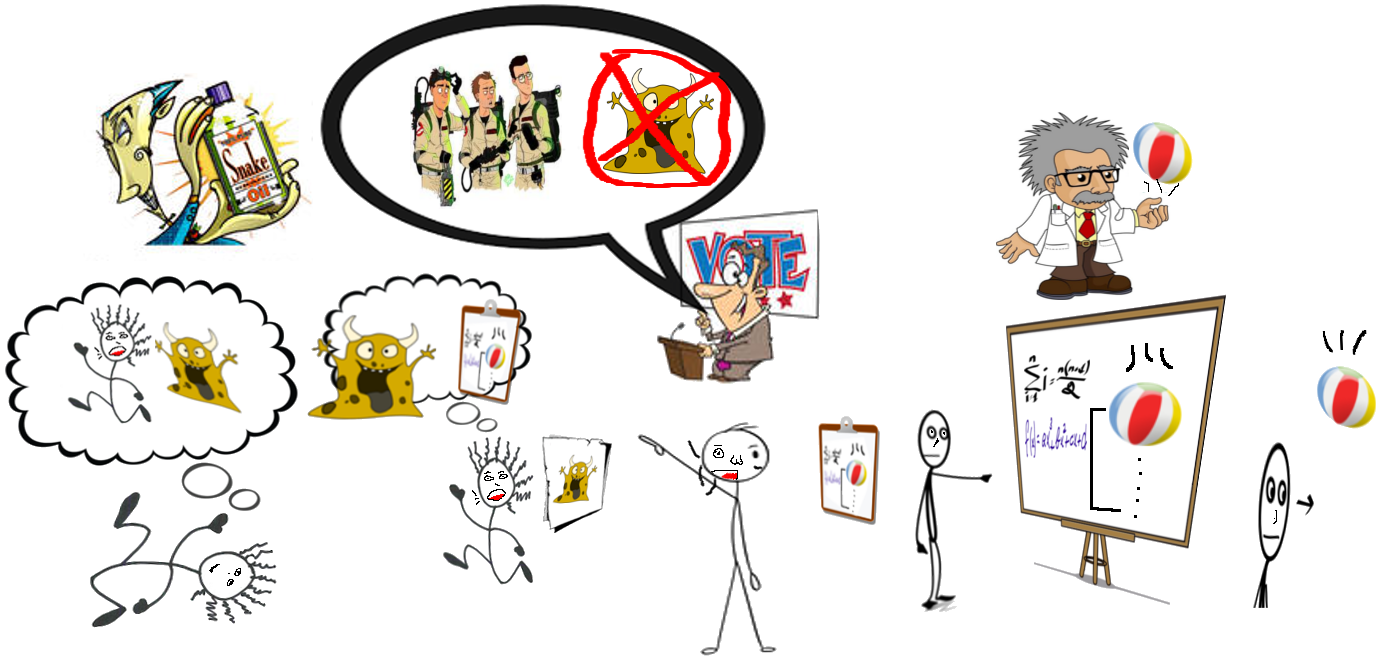


Concomitantly with promoting their 20th century establishment of religion in this fashion, they interacted with the congress and supreme court:
Dr Judianne Densen-Gerber, lawyer and psychiatrist who founded drug treatment program Odyssey House and went on to give widely quoted but sometimes disputed testimonyt on subjects like child abuse and pornography, dies at age 68; photo (M)

www.nytimes.com
A 1979 profile in New York magazine quoted Mayor Edward I. Koch as saying that she was ''one of those seminal forces, original, a go-getter.'' He said there were ''few people who can claim as many accomplishments.''
Dr. Densen-Gerber's success at getting government help became her downfall when the state investigated her use of public funds in the early 1980's and found irregularities. She resigned as executive director of Odyssey House in 1983, but remained active in affiliated programs.
Her influence extended to areas like child pornography. In 1977, her testimony that there were 264 monthly publications devoted to the subject helped persuade the House of Representatives to unanimously pass a bill to regulate it.
IPT, the publication of the Institute for Psychological Therapy, reported in 1992 that later government investigations proved her estimates to be exaggerated by ''several orders of magnitude.''
Dr. Densen-Gerber also commented on many other hot issues from a psychiatric point of view.
In 1991, she went to Omaha to testify in court that her interview with a man convinced her he had witnessed four satanic ritual killings. She characterized herself as an expert at deprogramming survivors of satanic cults.
ipt-forensics.com/journal/volume4/j4_2_1.htm
The Origin of the Myths
In 1976 Robin Lloyd, correspondent for NBC, published For Money or Love: Boy Prostitution in America (Out of Print)(Out of Print).18 In the book, for which a U.S. senator had written an introduction, Lloyd claimed that a huge network of prostitution involving 300,000 boys existed. The notion that child pornography trade is big business was initiated in this book. Yet, nowhere in the book is there any empirical basis for the number 300,000. Indeed, Lloyd admitted that it was a working hypothesis which he had suggested to a number of experts to test their reactions.19 This didn't prevent Judianne Densen-Gerber, director of Odyssey House, a chain of residential treatment clinics for drug addicts, from taking over the figure as if it represented a reliable statistic. She set about to mobilize public opinion against child pornography to which, she said, Lloyd had alerted her.
The media followed the stories of child exploitation in detail. In the national periodicals during 1977 nine articles appeared.20 The New York Times, a paper known to avoid sensationalism, printed 27 articles that year compared to one in the two years before. When in May, 1977 the highly popular television series Sixty Minutes devoted a program to child pornography, a tidal wave of letters to politicians resulted.21 That spring a subcommittee of the Committee on the Judiciary of the House of Representatives held a series of hearings on the subject which lasted until autumn, keeping child pornography in the news in the U.S.A. A platform was established by crusaders against child pornography, and in the prevailing climate of moral panic their cries for stronger measures received wide political support.
The chairman of the committee was Representative John Conyers Jr., who had organized the hearings to pass judgment on the proposal of Representatives Kildee and Murphy for a first Federal law against child pornography. It was this series of hearings that would make the question of child pornography a national issue. The first hearing was dominated by the appearance of Judianne Densen-Gerber. Equipped. with some child pornography magazines, she shocked congressional representatives with her claim that she had, together with Robin Lloyd, counted 264 comparable publications that, according to her, appeared monthly (an exaggeration by a factor of several orders of magnitude as we shall see). The figures which Robin Lloyd had mentioned as a working hypothesis were repeated by Densen-Gerber as fact:
Lloyd's book documented the involvement of 300,000 boys, aged 8 to 16, in activities revolving around sex for sale.22
She then multiplied the number by two, because her intuition told her that 300,000 girls were also involved in such activities. She then multiplied it again by two since, according to Lloyd, the real figure was "twice what he (could) statistically validate,"23 and this lead to something like a million children. The chairman Conyers multiplied this again by two since, he reasoned, America had not only one million runaways but another one million school drop outs. In this way the contours of a national disaster were drawn. According to Conyers:
"So we have somewhere possibly in the neighbourhood of 2 million kids who form a ready market for sexual exploitation from pornographers and the like."24
Densen-Gerber could not agree more. The Kildee-Murphy proposal was made law without any opposition: 401 for, 0 against.
The Spread of Rumors
In 1986 the Senate Commission33 under the chairmanship of William V. Roth, Republican from Delaware, came to the same conclusion as the ILIC report. Nevertheless, neither the Roth report nor the ILIC report were able to dampen the spread of rumors about an enormous trade. Even in 1986, the claims of Lloyd and Densen-Gerber continued to come up as facts in official reports: the Meese Commission, initiated by the Reagan administration to prepare a drastic sharpening of the anti-pornography laws, uncritically took over these claims.34 According to the Meese Commission, Congress had discovered that child pornography and child prostitution "have become highly organized, multi-million dollar industries that operate on a nationwide scale."35 The monthly appearance of 264 magazines (Densen-Gerber) was again reported as truth, alongside the 30,000 exploited children of Los Angeles (Lloyd Martin).
The U.S. Supreme Court took over these claims in their first child pornography case, New York v Ferber (1982), saying that child pornography comprised, "highly organized multimillion dollar industries that operate on a nationwide scale."36 The otherwise dignified court was so upset by the alleged extent of the problem that the solicitor for the accused, Herald Price Fahringer, lost his composure and fled the sitting as fast as he could.37
The claims of Lloyd and Densen-Gerber also appeared outside the U.S.A. The report, Exploitation of Child Labour, which was submitted in 1981 to the Commission for Human Rights of the United Nations, claimed: "In the United States there are at least 264 pornographic magazines specializing in pornography concerning children."38 It was claimed that in 1977, 15,000 slides and 4,000 films of child pornography had been intercepted by the police, which was, according to the report, 5% of the total stock in circulation.
According to the United Nations report, the value of trade in child pornography in 1977 was estimated at $500 million. Such estimates are not based on any kind of empirical evidence, and are easy to refute. If these claims were true then the allegedly intercepted slides and films would have had a value of thousands of dollars each.39 In reality, these films were sold for much less, which can be checked with reference to the advertisement brochures of Deltaboek, publisher of homosexual pornography and literature. From here it is apparent that the Golden Boys film series, produced by COQ in Denmark, cost 85 guilders each, which is about $35.
In 1986, Defence for Children International prepared a report on child prostitution in which they claimed: "Estimates on the number of child prostitutes vary from 300,000 to several millions for the U.S. and Canada."40 A year later these figures were taken over by the Norwegian Ministry of Justice.41 This report was later submitted to the Ministers of Justice of the member countries of the Council of Europe. Within the Council of Europe a report on child exploitation was written in which it was claimed that: "A study of boy prostitutes had suggested that there were 300,000 boy prostitutes in the United States, many of whom are designated runaways."42 The claims of the United Nations report were also repeated. As late as 1988 the Dutch language world development magazine, Onze Wereld (Our World), claimed that: "The American (sic) periodical43 Child Abuse and Neglect reported that in the United States at least 264 different child pornography magazines are in circulation. The kiddieporn stars are drawn from the numerous American runaway teenagers."44 The same article made similar exaggerated claims about alleged illicit trade in donor organs obtained from children killed for the purpose. The story about donor organs had also appeared in the report of the Council of Europe, although there was never any evidence and the story was not credible from the beginning.45
The alleged size of the child pornography trade and the many children said to have been involved, are little more than myths. They are the result of the arbitrary multiplication of arbitrary numbers of alleged victims made by a journalist. The claims had taken on a life of their own. The fact that these claims had by 1980 been rejected by thorough official investigations was insufficient to prevent the claim from reappearing, not only in the media but also in other official circles, including the United States Senate, the United States Supreme Court, a Commission of the American Justice Department, the United Nations and the Council of Europe. After the number had been cited in the Hearings of the House of Representatives, it became associated with an ostensibly reliable source. The fact that the original source was anything but reliable was forgotten.
And I believe most likely, although this is largely speculation, but I believe myself correct and will start looking for proof of this being so, bedazzled them with engineered holy images of an idol worshiping 20th century religion. You can see that they get enraged about simply the form of the child,
On Wednesday, House Republican moved to ban the trafficking and importing of child sex dolls and robots that 'normalize sex between adults and minors' in the CREEPER ACT.

www.dailymail.co.uk
House voice votes to BAN shipments of CHILD sex dolls and robots
...
Some scientist are actually claiming that child sex dolls may reduce pedophilia.
'To the contrary, these dolls create a real risk of reinforcing pedophilic behavior and they desensitize the user causing him to engage in sicker and sicker behavior,' Goodlatte stated.
Even though the scientists disagree with them vehemently regarding this being effective for reducing child sexual abuse. And then they always chant their standard mantras and it's all just scientifically refuted bullshit of zero validity.

www.springer.com
Could making child pornography legal lead to lower rates of child sex abuse? It could well do, according to a new study by Milton Diamond, from the University of Hawaii, and colleagues.
Results from the Czech Republic showed, as seen everywhere else studied (Canada, Croatia, Denmark, Germany, Finland, Hong Kong, Shanghai, Sweden, USA), that rape and other sex crimes have not increased following the legalization and wide availability of pornography. And most significantly, the incidence of child sex abuse has fallen considerably since 1989, when child pornography became readily accessible – a phenomenon also seen in Denmark and Japan. Their findings are published online today in Springer’s journal Archives of Sexual Behavior.
The findings support the theory that potential sexual offenders use child pornography as a substitute for sex crimes against children
They're effectively a 20th century mystery cult that has a core group under the burden of a very strong holy image -- I believe of a baby god, but am not entirely certain -- which almost in an OCD fashion compels them toward acting irrationally regarding such matters, as well as essentially bedazzles them and makes them loopy like they got smacked in the fucking head, which is when they robotically chant their mantras.
“However, what he didn’t turn his mind to at the time is that merely having possession and viewing images such as this does victimize and hurt the individual portrayed in the image. He appreciates that now.” Senior gets jail time, probation for having single image of child pornography We at...
human-stupidity.com
“merely having possession and viewing images such as this does victimize and hurt the individual portrayed in the image.” This is some mystical religious thinking. Like in Voodoo. And note, this was said by a respectable lawyer to appease a judge. And this logic is used over and over, for example by Australian Government web sites.
When police searched Michael Jachim's bedroom in March, they found a safe. Inside it was a cache of DVDs labeled "Twisted Sisters." They were not music videos. On Tuesday, a DuPage County judge is scheduled to rule whether Jachim will go to prison for child pornography. Prosecutors said his DVD...

www.dailyherald.com
"... every time somebody looks at that image it's like the crime is taking place all over again…"
CLEVELAND — The former pastor of St. Andrew’s Presbyterian Church in Olmsted Falls will spend the next six years behind bars for downloading child pornography.Reverend Dr. Mark Griggs, 50, of…

fox8.com
"we hear that in court that they feel like they are victimized every single time someone downloads their videos or looks at their videos they feel like they are being raped all over again,” said Canonico
Child pornography is an inexcusable crime and an arrogant exploitation of our future generation. While it takes just common sense to refrain from committing such crimes, we discuss about five gruesome facts on child pornography for those that can't realize the disastrous outcomes of the crime.

www.counselheal.com
The children might feel like being raped time and again when someone watches it.
These essentially constitute scripture, and they have other scripture as well regarding the booming multi billion dollar CP industry and the like, which although there are commercial CP operations are not to the knowledge of any entity in the way these people put forth, even as it is complicated like climate science and hard to exactly sum up the true situation without using what seems like a really high level abstraction that is almost a motto regarding the issue, because of the complexity of the matter being such that talking about it fully accurately requires using paragraph units like words almost, so need to gloss over things a bit.
A larger number of them reference and recite the scripture than have seen the sacred image though, and it just bleeds out into society from there. It is unambiguously a 20th century establishment of religion, consisting of a circle of brainwashed netwar swarming schizophrenics reciting a make believe fantasy world,
Abstract. This paper argues that a narrative lens is conducive toward a renewed understanding of moral panic. It is proposed that a melodramatic narrative frame

bjc.oxfordjournals.org
Abstract
This paper argues that a narrative lens is conducive toward a renewed understanding of moral panic. It is proposed that a melodramatic narrative frame that is central to the construction of news stories about crime is significant for conceptualizing what moral panics are and how they work. The paper will propose that moral panics can be seen as enacted melodramas, where the traditional boundaries between newsmakers, inte groups and ‘the public’ are temporarily dismantled and where everyday citizens experience the role of the suffering victim. This understanding provides insight toward appreciating why only some issues develop into moral panic in particular spaces and times and offers a new framework with which to approach the study of panic.
described in a themed collection of fiction materials,
By Shadee Ashtari Young children who are exposed to religion have a hard time differentiating between fact and fiction, according to a new study publ ...

richarddawkins.net
Young children who are exposed to religion have a hard time differentiating between fact and fiction, according to a new study published in the July issue of Cognitive Science.
based largely on the bedazzlement of a core group by a hypnotic like cult image -- most probably of a baby god, and existing as a sacred image that burns itself rapidly into long term visual memory and induces bedazzlement, hyper paternal instinct, and such things, upon being recalled, as happens in response to associated environmental stimuli.
It's a mystery cult in this way, giving not the slightest fuck that your children being sexually abused is the ultimate price paid for their cult image being covertly respected by the pretense of protecting the children of actual reality.

onlinelibrary.wiley.com
In the realm of sexual offenses, there has been a decrease in hands‐on offenses, but an increase in online offenses against children.

www.springer.com
Could making child pornography legal lead to lower rates of child sex abuse? It could well do, according to a new study by Milton Diamond, from the University of Hawaii, and colleagues.
Results from the Czech Republic showed, as seen everywhere else studied (Canada, Croatia, Denmark, Germany, Finland, Hong Kong, Shanghai, Sweden, USA), that rape and other sex crimes have not increased following the legalization and wide availability of pornography. And most significantly, the incidence of child sex abuse has fallen considerably since 1989, when child pornography became readily accessible – a phenomenon also seen in Denmark and Japan. Their findings are published online today in Springer’s journal Archives of Sexual Behavior.
The findings support the theory that potential sexual offenders use child pornography as a substitute for sex crimes against children
One concern is that the accessibility of online CP has caused increases in child sexual abuse. Some research suggests that CP may trigger sexual abuse by activating and validating sexual urges in CP viewers that were previously suppressed or con- trolled (Beech et al., 2008; Quayle & Taylor, 2003; Wilson & Jones, 2008). There is no evidence of increasing abuse in the United States, however. In fact, rates of child sexual abuse have declined substantially since the mid-1990s, a time period that corresponds to the spread of CP online. Statistics from U.S. child protective service agencies show that from 1992 to 2007, child sexual abuse declined 53% (Jones & Finkelhor, 2009), including interfamilial abuse (Finkelhor & Jones, 2006). Evidence of this decline also comes from victim self-report surveys and U.S. criminal justice system data (Finkelhor & Jones, 2008; Finkelhor, Turner, Ormrod, & Hamby, 2010), as well as the child pro-tective services data collection system. The fact that this trend is revealed in multiple sources tends to undermine arguments that it is because of reduced reporting or changes in investigatory or statistical procedures.
something like this
I think the original servant was vastly more glorious though, and that this has been toned down a lot in terms of the hypnotic effect of it. They did a similar technique with the crack baby moral panic,
But I think the original servant wasn't even real at all and was just a hyper rendering that induced bedazzlement and essentially burned itself into your brain.

 www.bbc.com
www.bbc.com
 www.stuff.co.nz
www.stuff.co.nz

 www.cdpp.gov.au
www.cdpp.gov.au

 www.apnews.com
www.apnews.com
 ).
).


 www.law.cornell.edu
www.law.cornell.edu

 www.justice.gov
www.justice.gov

 www.apnews.com
www.apnews.com

 www.wvlt.tv
www.wvlt.tv
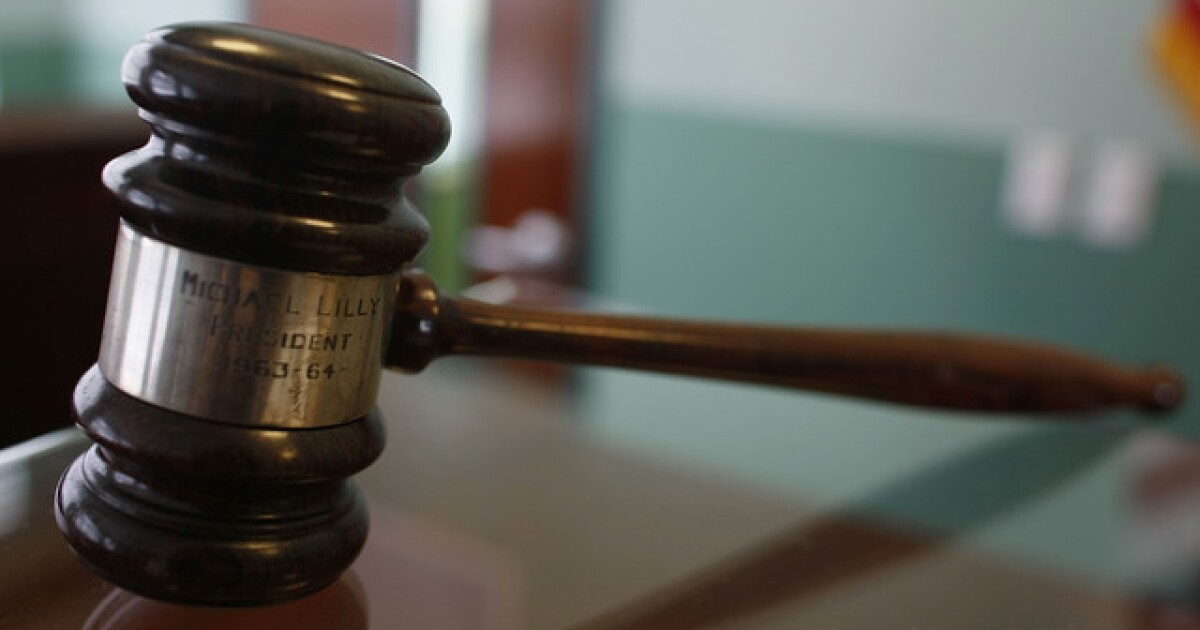
 www.wcpo.com
www.wcpo.com

 www.fox19.com
www.fox19.com

















